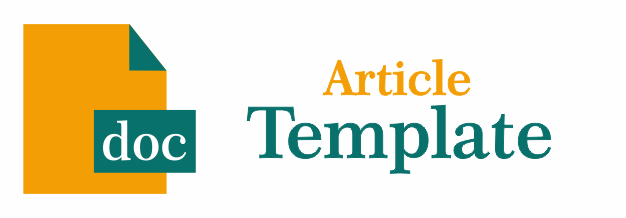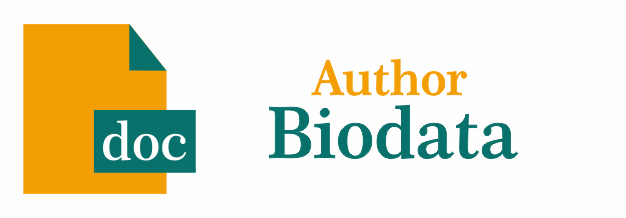Author Guidelines
Introduction
The introduction describes the background of the problem being solved, issues related to the problem being solved, studies on research and / or community service activities that have been carried out before by other service members or service itself that are relevant to the theme of the service activities carried out. In the introduction, there must be quotations from the results of other research/service that reinforce the importance of PKM. The introduction closes with the purpose of devotion. (Written two columns, Times New Roman 11, one space)
Method
Method : outlines the means used to solve the problem.
Examples of methods: a) Community Education, for example counseling aimed at increasing understanding and awareness, b) Diffusion of Science and Technology, for example activities that produce products for target groups, c) Training, for example activities accompanied by demonstrations or pilots to produce certain skills, d) Mediation, for example activities that show PKM implementers as mediators in solving problems that exist in the community, e) Advocacy, For example, activities in the form of mentoring target groups.
Results and Discussion
The results of service consist of quantitative and qualitative results from the activities carried out. If there is a table / chart / figure containing a meaningful and easy to understand display of the results quickly. Tables/charts/figures do not contain raw data that can or should still be processed.
All tables and figures written in the manuscript must be adjusted to the order of 1 column or the full size of one paper, in order to make it easier for reviewers to observe the meaning of the images. Discussion of the results of service, associated with the results of previous researches / services, critically analyzed and associated with the latest relevant literature.
Conclusion
Conclusions are made concisely, clearly and concisely based on the results and discussions, made in paragraph form (not numerical), containing the results of activities and the results of discussion.
Bibliography
Write down the bibliography that is referenced alphabetically and chronologically. The Bibliography is a list of references / references not a bibliography, so it must contain all sources referenced in the manuscript, and does not need to contain sources that are not referenced. The reference list contains everything referenced in the text that comes from that source; (a) relevant, (b) at least 80% current (last 10 years), and (c) at least 80% primary. The reference writing refers to Vancouver style 6Ed and uses the Mendeley application.
- Using Vancouver style, which is based on Author-Number.
- Times New Roman 10 pt.
- Minimum 15-25 literature (60% of scientific articles and 40% from source books).
- The limit of the year the reference was issued is a maximum of the last 5 years, except for limited references.
- The use of citation numbers is written superscript (example: .....sentence1.)
- If quotations are more than 2 numbers, they are written sequentially (example: ....sentences 1,2,5.)
- In writing the title of the reference, it begins with a capital letter only (Capitalize Each Word) and not per word. Example: Community empowerment guidelines in the health sector (true), not Community Empowerment Guidelines in the health sector (false).
- If the author's name is less or equal to 6 people, then the author's name is written all. If >6 authors, then the next author is written "et al". Examples: Riski AG, Baron TH, Davilla NE, Eugene DH, Kawashi T, Kholdun TH, et al. Class C hospital accreditation guidelines. Jakarta: FK UNI; 2015.
- Ali, Zaidin. Fundamentals of Professional Nursing. Jakarta: Widya Medika; 2001.
- Aziz Alimul Hidayat. Introduction to Basic Concepts of Nursing. Jakarta: Salemba Medika; 2004.
- Almasitoh, um Hany. "Work stress is characterized by multiple role conflicts and social support in nurses." Psychoislamika: Journal of Psychology and Islamic Psychology1 2011.


















